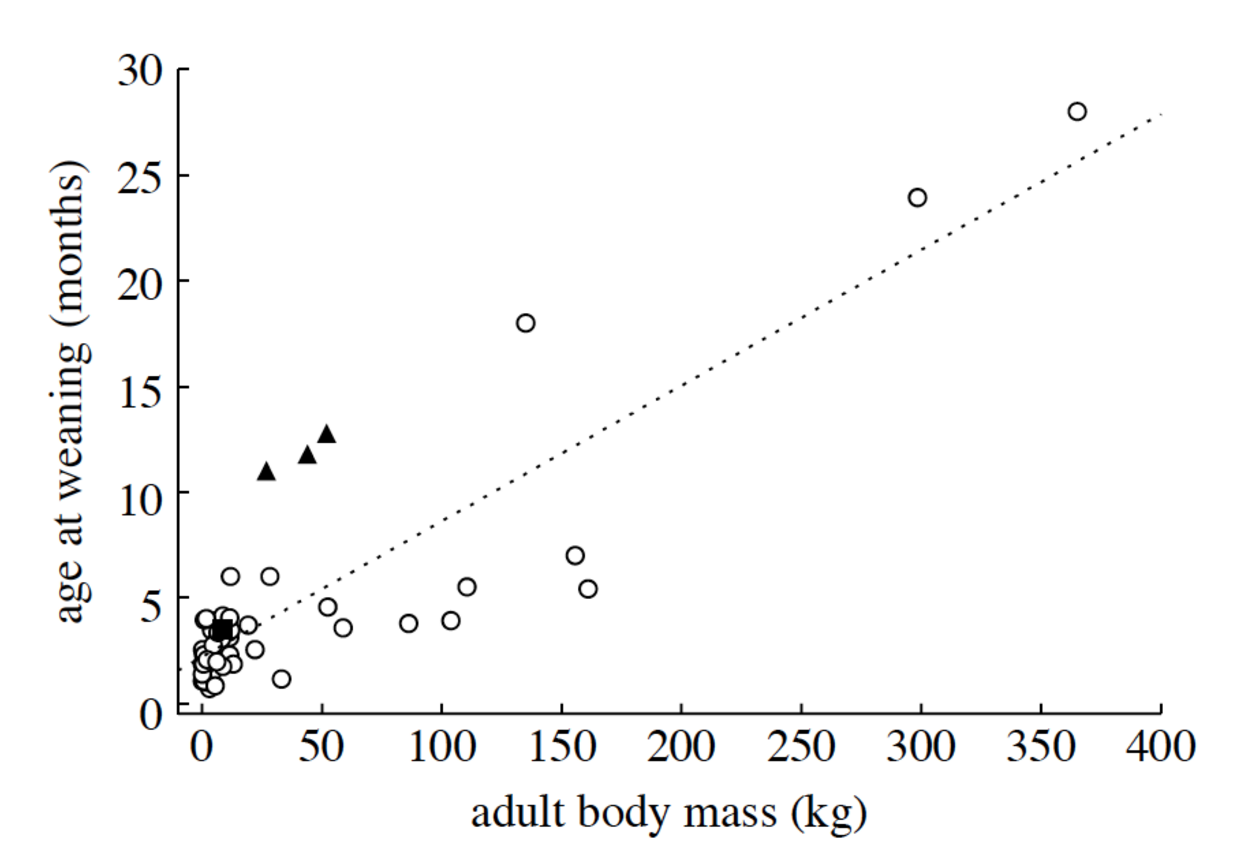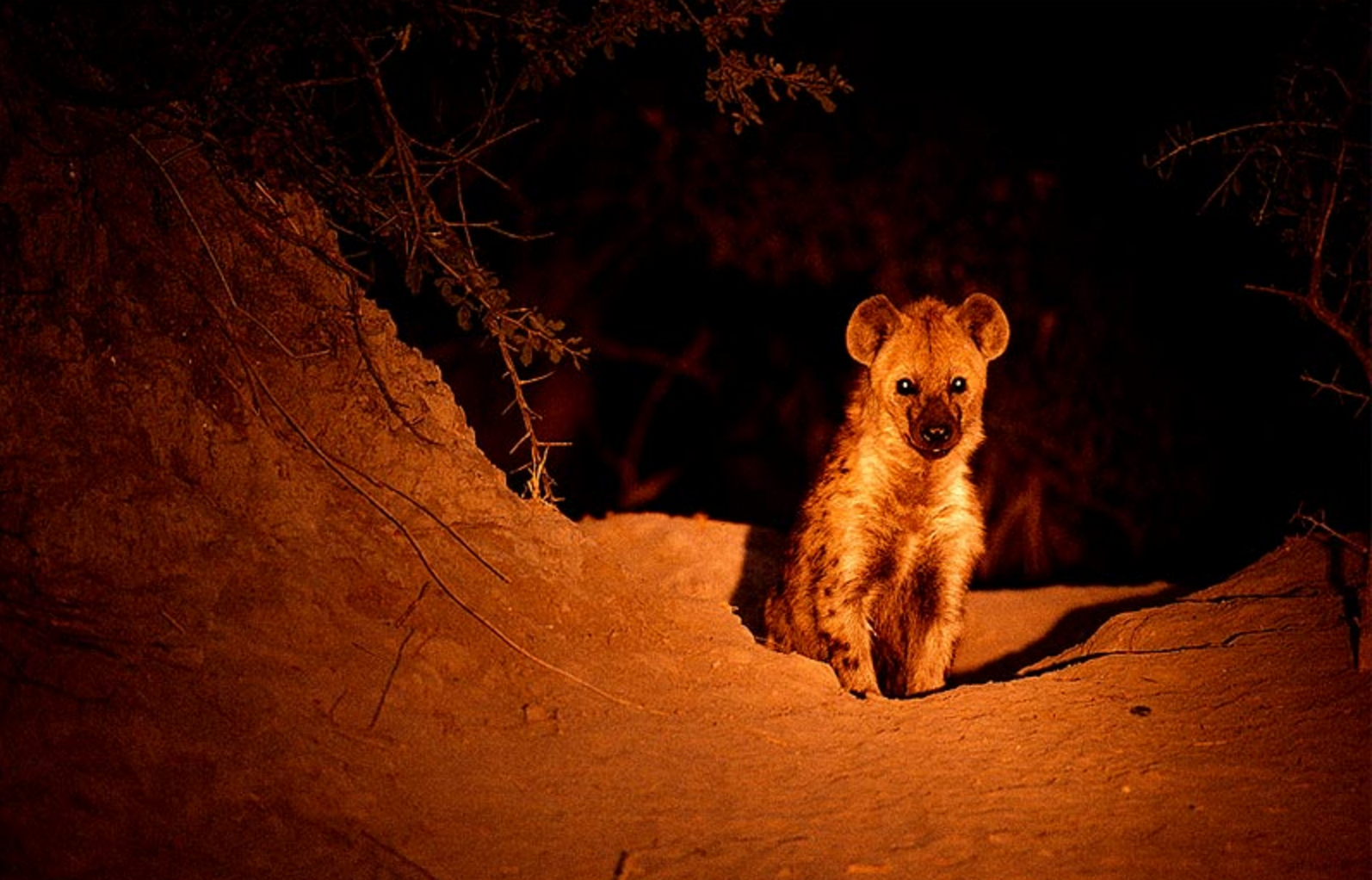Social Dominance in Spotted Hyenas
Biology 342 Fall 2015
Elaine Kushkowski & Duncan Herb
Ontogeny
Skull Development
The skull of the spotted hyena, being a specialized piece of equipment adapted excellently to crush the dense bones of ungulates, takes some time to reach its peak performance capacity. The sagittal crest on the top of the skull, as well as the heavy carnassial teeth near the back of the jaw, do not finish development until approximately 24 months of age, when the individual is approaching sexual maturity (Watts, 2009). Because of this, adolescent spotted hyena cannot provide for themselves the nutrition they need. Offspring are nursed by their mother for approximately 18 months, after which there is a severe bottleneck in survival rates until their skeletal development is complete. Adolescent hyenas are dependent on their mother for a significantly longer period than many carnivorous mammals, and as a result, adult females must be able to provide for their offspring more effectively, likely putting evolutionary pressure on females to tend towards greater size, strength, and aggression.

Figure 1. Ratio of age at weaning to adult body mass in 59 carnivorous species. Hyenas (triangles) are compared to the aardwolf (square) and other carnivorous species (circles) (Watts, 2009).

Figure 2. Skull of a spotted hyena showing areas important for hunting large animals. Image from Michigan State University.
Maternal Rank
While female hyenas often inherit the rank of their mother, below her in the hierarchy until the event of her death, male hyenas’ rank depends entirely on how long they have been with the clan (Estes, 1991). Because male hyenas are nomadic, frequently wandering off and joining other clans, the most recent male to join a clan is the lowest in the hierarchy, while the male that has been around for the greatest duration has the highest rank (though still only highest among the males). Males can also fight amongst themselves within a clan to earn rank, and although the rank of females remains unaffected by these confrontations, the likelihood of a male being able to mate can change based on the outcome (Curren, 2015).

Image from National Geographic.